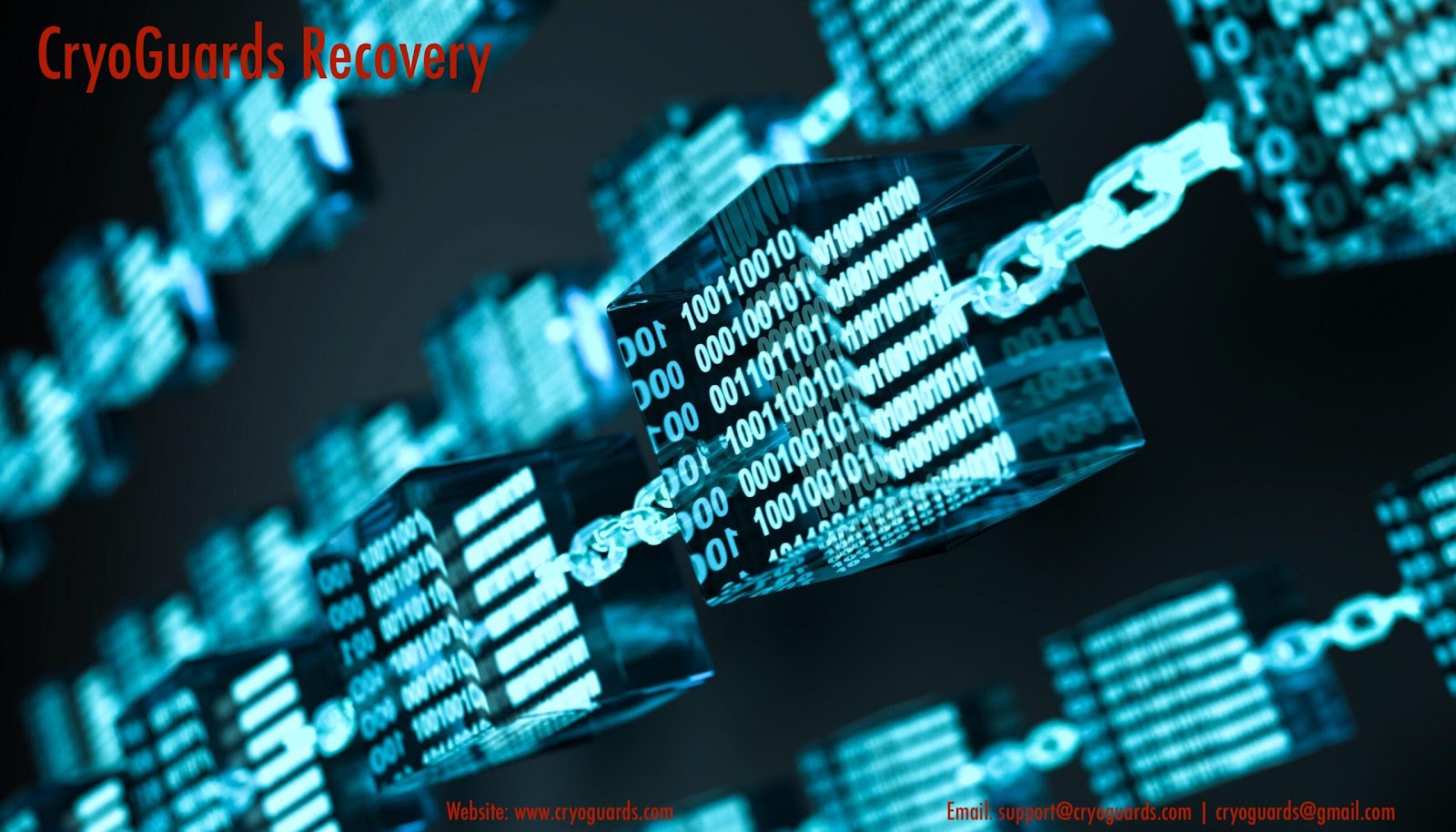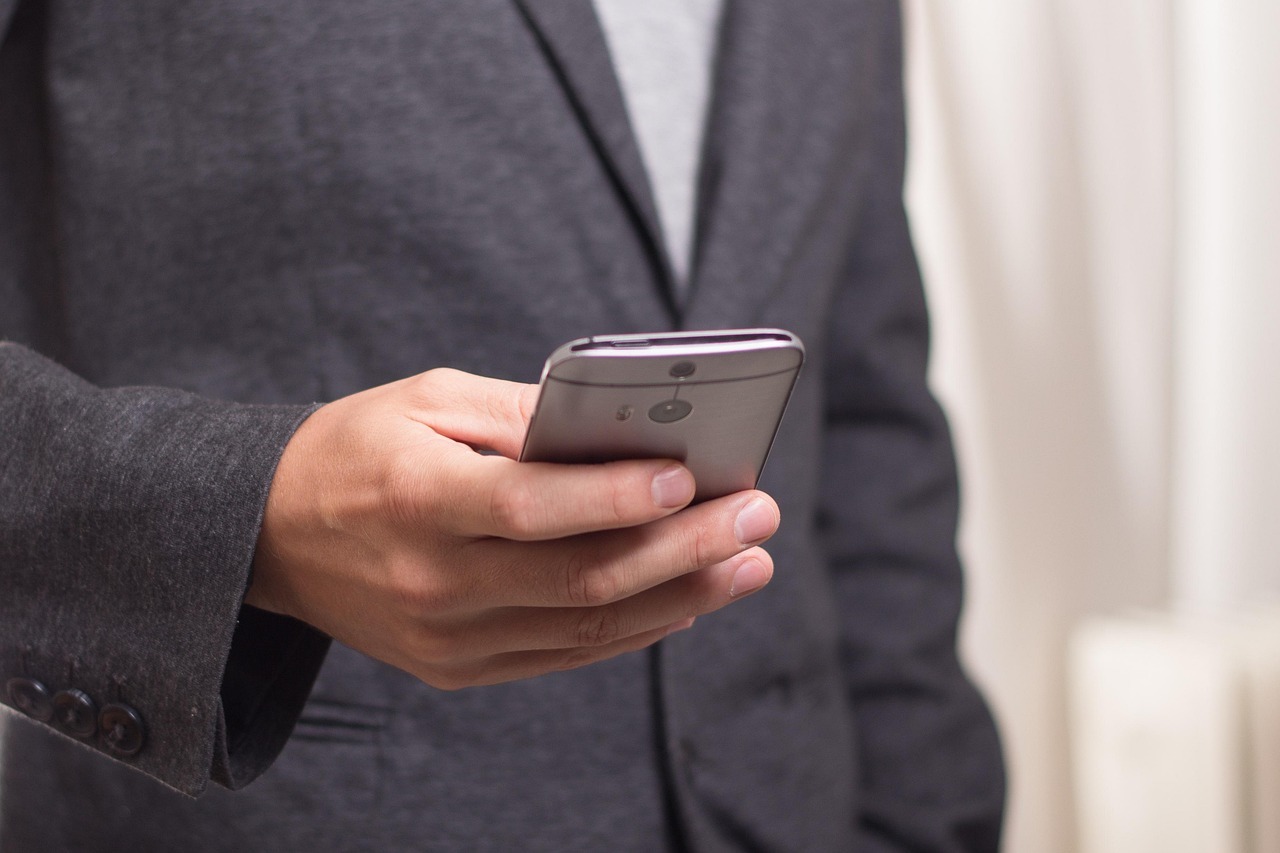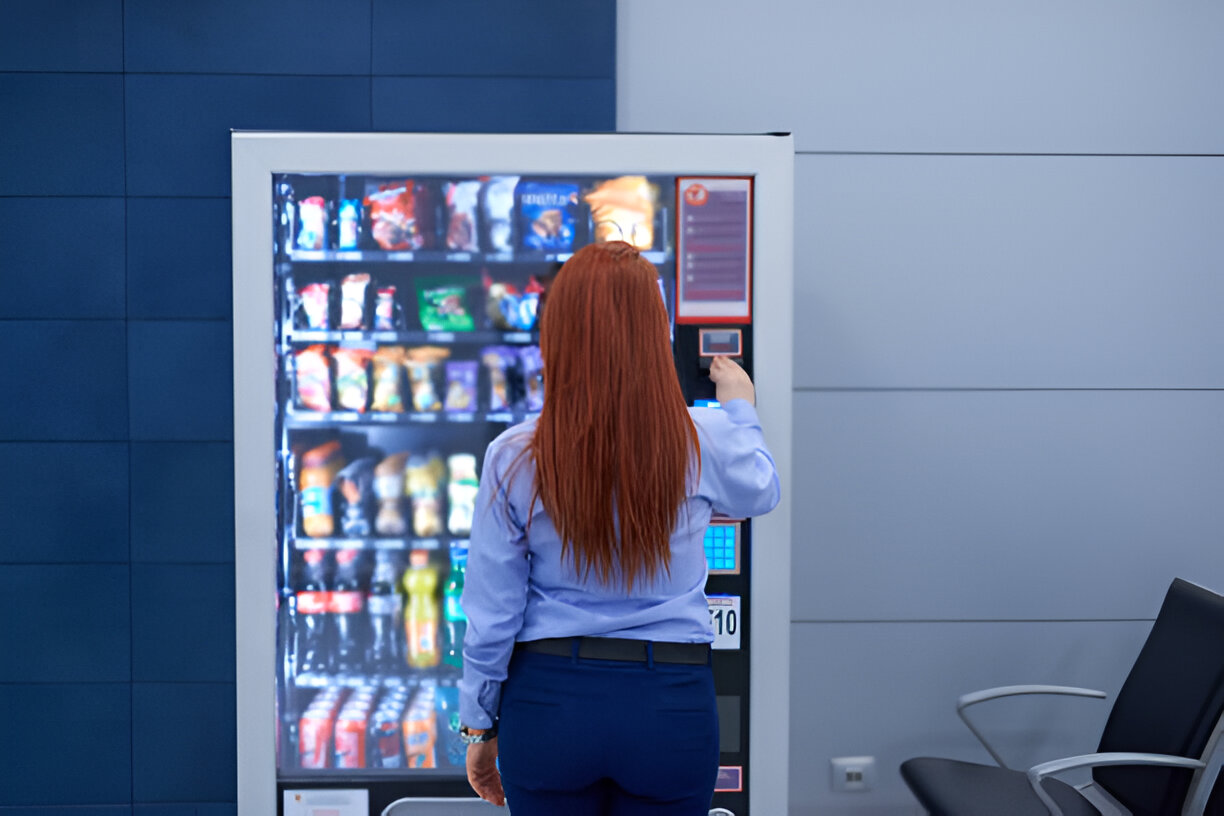Generic off-the-shelf signage might work fine for some businesses, but when you need something that actually represents your brand and fits your specific space requirements, customization becomes essential. When you browse commercial laser cut sign solutions, you're looking at options that range from reception area logos to full exterior building facades, with the flexibility to match exact brand specifications, unusual mounting situations, or architectural features that standard products can't accommodate. Commercial-grade solutions differ from consumer options mainly in scale, durability requirements, and the engineering needed to ensure they meet building codes and withstand commercial environment demands.
What Defines Commercial-Grade Applications
We're not talking about small decorative pieces here. Commercial applications typically involve larger formats—signs measuring several meters across, multi-panel installations, or integrated systems that combine multiple materials. These require structural calculations to ensure they're safe and stable, especially for exterior installations where wind load becomes a serious factor.
Commercial solutions also need to meet accessibility standards in many cases. If your sign includes text that's part of wayfinding or identification, you might need to comply with tactile lettering requirements, specific contrast ratios, or mounting height regulations depending on your location and building type. This isn't something most businesses think about until it becomes an issue during permitting.
Industry-Specific Applications
Retail businesses often use laser cut metal for storefront signage, window displays, and interior branding elements. The ability to match exact Pantone colors through powder coating means brand consistency across all locations. I've worked with retail chains that created modular systems where individual letters could be replaced if damaged without redoing the entire sign.
Hospitality venues—restaurants, bars, hotels—tend to go for more artistic applications. Feature walls with intricate patterns, decorative room numbers, menu boards, or statement pieces in lobbies. The three-dimensional quality adds atmosphere in ways that flat signage can't match.
Corporate environments usually want clean, professional aesthetics. Reception logos, directional signage, department identifiers, and conference room nameplates done in brushed stainless or powder-coated aluminum. These installations often need to integrate with existing architecture without looking like an afterthought.
Industrial and warehouse facilities need durable, high-visibility signage that can take abuse. Thicker gauge steel, high-contrast colors, and mounting systems that keep signs away from forklift traffic. Safety signage, zone identification, and equipment labels all work well in laser cut metal.
Modular Systems for Multi-Location Consistency
For businesses with multiple locations, modular sign systems make a lot of sense. You create a design once, then reproduce it across all sites with location-specific variations. The base logo might be identical everywhere, but address details or location names can be swapped out.
This approach saves on design costs long-term and ensures brand consistency. When you open a new location, you're not starting from scratch—you're ordering from an established system. The fabricator already has your files, knows your specs, and can turn around new signs faster than custom one-offs.
Combining Materials for Enhanced Impact
Laser cut metal doesn't have to be the only element. Combining it with acrylic, wood, glass, or stone creates layered effects that add sophistication. A metal frame with acrylic faces, metal lettering on a timber backing, or metal patterns integrated into glass panels all bring different materials' strengths together.
These hybrid approaches let you get creative with texture, transparency, and light play. Backlit acrylic with metal overlays creates depth and dimension that either material alone can't achieve. The metal provides structure and detail while the acrylic handles illumination.
Large-Format Considerations
Once you get past about 2-3 meters in any dimension, you're dealing with different challenges. Most laser cutters have maximum bed sizes, so larger signs need to be cut in sections and assembled. The seams need to be planned carefully so they're either hidden within the design or integrated as intentional elements.
Structural support becomes critical. Large metal signs are heavy, and the mounting system needs to be engineered properly. You can't just screw a 3-meter sign into drywall and hope for the best. Backing structures, reinforcement, and proper anchoring into building studs or masonry are essential.
Transportation logistics matter too. A 4-meter sign isn't fitting in a standard van. Delivery requirements, crane access, and installation crew size all affect project timelines and budgets.
Illumination Integration Options
Edge lighting uses LED strips positioned to light up the cut edges of the metal, creating a glowing outline effect. This works particularly well for signs with intricate cutouts or negative space designs. The metal itself blocks light except at the cut edges, creating precise, controlled illumination.
Halo lighting mounts the sign away from the wall with LEDs behind it, casting a glow around the sign's perimeter. This creates ambiance and makes the sign appear to float. The effect is subtle during the day but dramatic at night.
Face illumination requires translucent elements—usually acrylic—backed by LEDs with metal as the surround or structural component. This gives you traditional lit sign functionality with the durability and premium feel of metal framing.
Permitting and Compliance Requirements
Most commercial signage installations require permits, especially for exterior signs or anything that changes the building's appearance. Requirements vary by municipality, but you generally need architectural drawings, engineering stamps for structural calculations, and proof of compliance with local sign ordinances.
Setback requirements, height restrictions, square footage limits, and illumination regulations all come into play. Some areas have restrictions on colors or styles to maintain neighborhood character. Historic districts often have additional layers of approval. Starting the permit process early saves headaches later—I've seen projects delayed months because permits weren't filed until after fabrication was complete.
Installation Complexity and Scheduling
Simple wall-mounted signs might take a few hours to install with basic tools. Complex multi-panel installations with integrated lighting could take several days and require scissor lifts, specialized equipment, and electricians for the lighting hookup.
Installation timing matters for active businesses. Many commercial installations happen after hours or on weekends to minimize disruption. This affects labor costs—night and weekend work typically comes with premium rates. Planning the installation sequence so customers or employees aren't impacted requires coordination.
Maintenance Access and Long-Term Service
When designing commercial installations, think about how they'll be maintained. If your sign has integrated lighting, can the LEDs be accessed and replaced without removing the entire sign? If it's mounted high up, do you need permanent access solutions like roof hatches or can you bring in a lift when needed?
Coastal or industrial environments might need annual cleaning and inspection. Plan for this during the design phase by ensuring mounting systems allow for periodic removal or that all surfaces are reachable for cleaning without disassembly.
Budgeting for Commercial Projects
Commercial laser cut sign projects typically start around a few thousand dollars for simple installations and can reach well into five figures for complex multi-element installations with engineering, permitting, installation, and electrical work included.
Breaking the budget into phases helps: design and engineering, permitting, fabrication, finishing, delivery, installation, and electrical. This gives you visibility into where costs lie and where you might have flexibility. Fabrication might be 40-50% of total project cost, with installation and finishing making up most of the remainder.
Working With Specialized Commercial Fabricators
Not every metal shop is equipped for commercial work. You need fabricators with experience in building code compliance, engineering calculations, commercial installation, and project management across multiple trades. They should be able to coordinate with your electrician, general contractor, or building management.
References matter more for commercial work than residential projects. Ask to see similar installations, talk to previous clients, and verify they carry appropriate insurance. Commercial general liability insurance requirements are typically higher than residential work, and you want to make sure their coverage is adequate for your project size.
Timeline Expectations for Complete Projects
From initial consultation to final installation, commercial laser cut sign projects typically take 8-16 weeks. Design and approval might take 2-3 weeks, permitting another 2-6 weeks depending on your municipality, fabrication 2-4 weeks, and installation scheduling another 1-2 weeks.
Rush projects are possible but usually come with premium pricing and might still face permitting delays you can't control. Starting the process well before you actually need the signs installed gives you buffer for unexpected issues.




Want to add a comment?